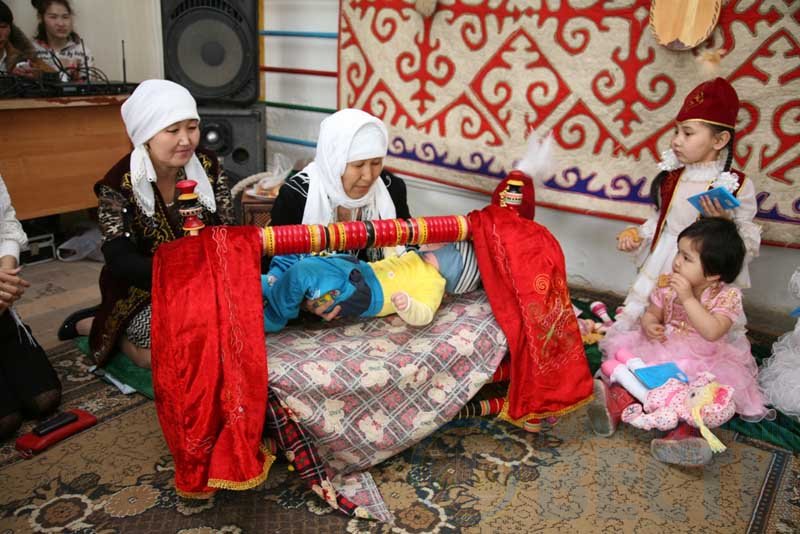The share of children in the total population as of beginning of 2023 is 31.2%, having increased by 3 p.p. over the past five years. The fact that children make up the bulk of the dependent burden, demographers call a favorable factor for the economy in the future, as over the next 10-15 years, most of these children will enter the working age and join the ranks of the labor force.
The proportion of the elderly population in the country as of year beginning was 11.4%, or 2.2 million people. This figure was 7.3% in January 2018. It is important to make a methodological note here. Until 2022, the bulletins of the Bureau of National Statistics of the Agency for Strategic Planning and Reforms of the Republic of Kazakhstan indicated age lines according to international standards: children - up to 14 years old, able-bodied population - from 15 to 64 years old, the elderly - over 65 years old. In express information as of January 1, 2023, the population by age is already indicated with reference to the retirement age in Kazakhstan: 63 years for men, 61 years for women. The child population is counted up to the age of 15 inclusive.
Demographic coefficients by regions differ greatly from the national level. The highest burden was noted in the southern and western regions. The anti-leader is the Turkestan region, where there are 886 children and the elderly per thousand adults. The indicators of Kyzylorda (819), Zhambyl (815) and Mangistau (845) regions, as well as Shymkent (811) exceeded 800.
Significantly lower proportions of children and the elderly were recorded in megacities: the indicator in Astana was 625, in Almaty - 642. This may be due to internal migration processes: there is an influx of adult able-bodied population from the regions in large cities. North-Kazakhstan and Kostanay regions are classified as regions with a low demographic burden with indicators of 672 and 651, respectively.
Given the current trends in rise in births and deaths, that is, according to the baseline scenario, the total dependency ratio will first decrease: by 2025 - to 712, by 2035 - to 681. In the future, we can expect an increase in the burden by 2050 to 773 dependents per thousand working people.
Source: http://finprom.kz/ru/article/v-kazahstane-dolya-starikov-i-detej-uzhe-prevysila-42
Photos are from open sources.





